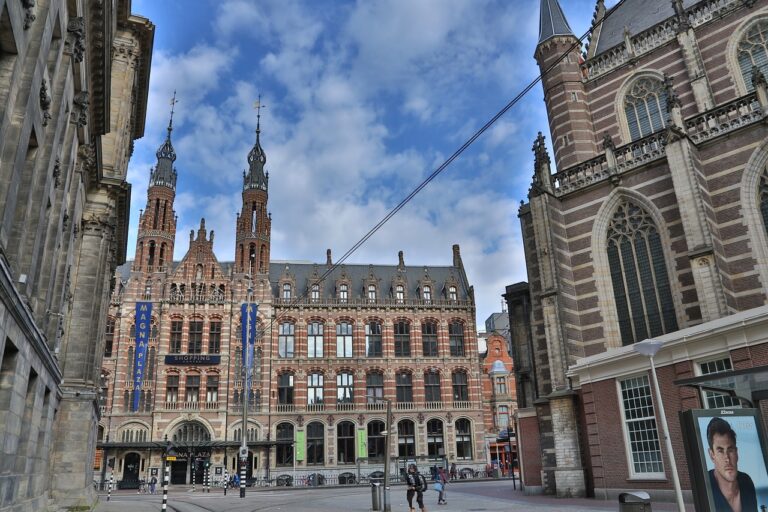Analyzing Eco-Friendly Furniture Innovations in Retail
When it comes to producing furniture, the choice of materials plays a crucial role in ensuring eco-friendliness. One common eco-friendly material used in furniture production is reclaimed wood. This type of wood is sourced from salvaged structures or old furniture pieces, providing a sustainable alternative to cutting down fresh trees. By opting for reclaimed wood, furniture manufacturers can not only reduce deforestation but also give new life to aged wood with unique character and history.
In addition to reclaimed wood, bamboo is another popular eco-friendly material used in furniture production. Bamboo is a fast-growing plant that can be harvested in just a few years, making it a renewable resource with minimal environmental impact. Its natural strength and durability make it a great choice for creating sturdy furniture pieces that are also biodegradable at the end of their lifecycle. With the increasing focus on sustainability in the furniture industry, the use of bamboo continues to grow as a preferred material choice for eco-conscious consumers and manufacturers alike.
• Reclaimed wood is sourced from salvaged structures or old furniture pieces
• Reduces deforestation and gives new life to aged wood with unique character and history
• Bamboo is a fast-growing plant that can be harvested in just a few years
• Renewable resource with minimal environmental impact
• Natural strength and durability make it a great choice for creating sturdy furniture pieces
• Biodegradable at the end of their lifecycle
• Increasing focus on sustainability in the furniture industry has led to growing use of bamboo as a preferred material
Sustainable Manufacturing Processes in the Furniture Industry
Sustainable manufacturing processes in the furniture industry are crucial to reducing the environmental impact of furniture production. By embracing practices that prioritize energy efficiency and waste reduction, manufacturers can significantly decrease their carbon footprint. Implementing recycling programs and utilizing renewable energy sources are effective ways for furniture companies to enhance their sustainability efforts.
Furthermore, incorporating lean manufacturing principles can lead to more efficient production processes, resulting in reduced material waste and energy consumption. By streamlining operations and optimizing resource use, furniture manufacturers can not only lower their environmental footprint but also improve their overall productivity and profitability. Sustainable manufacturing practices not only benefit the planet but also contribute to a positive brand image and appeal to environmentally conscious consumers.
Innovative Designs for Eco-Friendly Furniture
One of the most creative approaches to eco-friendly furniture design is the use of upcycled materials. Upcycling involves taking discarded or old items and repurposing them into something new and stylish. This not only helps reduce waste but also adds a unique and personalized touch to the furniture pieces.
Another trend in innovative eco-friendly furniture design is the incorporation of multifunctional elements. Furniture pieces that can serve multiple purposes, such as a table that can also be used as a storage unit or a sofa that transforms into a bed, are gaining popularity. This not only maximizes space but also promotes sustainability by reducing the need for additional furniture items.
What are some examples of eco-friendly materials used in furniture production?
Some examples of eco-friendly materials used in furniture production include reclaimed wood, bamboo, cork, and recycled plastic.
What are sustainable manufacturing processes in the furniture industry?
Sustainable manufacturing processes in the furniture industry include using renewable energy, reducing waste and emissions, and implementing recycling programs.
How can innovative designs contribute to eco-friendly furniture?
Innovative designs can contribute to eco-friendly furniture by incorporating space-saving features, using modular components for easy repair and replacement, and utilizing materials that have a low environmental impact.
Are eco-friendly furniture options limited in terms of style and design?
No, eco-friendly furniture options are not limited in terms of style and design. There are many creative and innovative designs that prioritize sustainability without sacrificing aesthetics.







